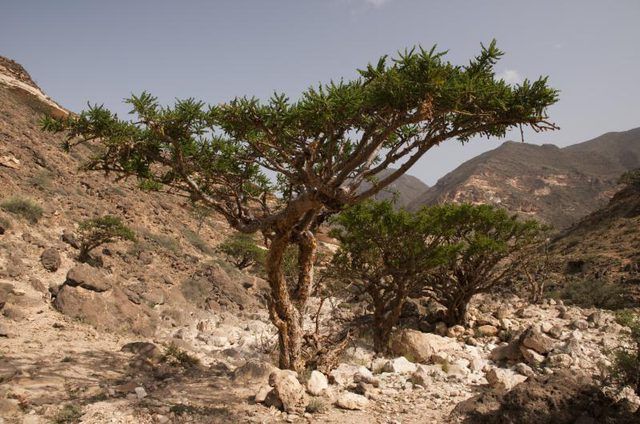Bulbs
Flower Basics
Flower Beds & Specialty Gardens
Flower Garden
Garden Furniture
Garden Gnomes
Garden Seeds
Garden Sheds
Garden Statues
Garden Tools & Supplies
Gardening Basics
Green & Organic
Groundcovers & Vines
Growing Annuals
Growing Basil
Growing Beans
Growing Berries
Growing Blueberries
Growing Cactus
Growing Corn
Growing Cotton
Growing Edibles
Growing Flowers
Growing Garlic
Growing Grapes
Growing Grass
Growing Herbs
Growing Jasmine
Growing Mint
Growing Mushrooms
Orchids
Growing Peanuts
Growing Perennials
Growing Plants
Growing Rosemary
Growing Roses
Growing Strawberries
Growing Sunflowers
Growing Thyme
Growing Tomatoes
Growing Tulips
Growing Vegetables
Herb Basics
Herb Garden
Indoor Growing
Landscaping Basics
Landscaping Patios
Landscaping Plants
Landscaping Shrubs
Landscaping Trees
Landscaping Walks & Pathways
Lawn Basics
Lawn Maintenance
Lawn Mowers
Lawn Ornaments
Lawn Planting
Lawn Tools
Outdoor Growing
Overall Landscape Planning
Pests, Weeds & Problems
Plant Basics
Rock Garden
Rose Garden
Shrubs
Soil
Specialty Gardens
Trees
Vegetable Garden
Yard Maintenance
How to Grow Frankincense Seeds
How to Grow Frankincense Seeds. One of the gifts presented to baby Jesus by the Magi, frankincense is made of dried globules of sap from the frankincense tree (Boswellia sacra). Native to arid parts of the Middle East, India and Africa and hardy in U.S. Department of Agriculture plant hardiness zones 10 through 12, the tree can grow to 25 feet,...

One of the gifts presented to baby Jesus by the Magi, frankincense is made of dried globules of sap from the frankincense tree (Boswellia sacra). Native to arid parts of the Middle East, India and Africa and hardy in U.S. Department of Agriculture plant hardiness zones 10 through 12, the tree can grow to 25 feet, with peeling bark and pinnate green leaves. Its clusters of five-petal, cream-colored flowers appear along stalks which originate in the leaf axils. If you wish to grow a tree from seeds, keep in mind that their germination rate generally doesnít top 10 percent.
Sow Frankincense Seeds
In early spring, soak the flat brown seeds overnight in a mix of 9 parts water and 1 part hydrogen peroxide to kill fungi and stimulate germination. After finding a pot with drainage holes, fill it with a damp mix of 1 part seed-starting mix and 1 part sand. Drain the seeds and sow them while they are still damp on the surface of the mix and cover them with a light sprinkling of damp sand.
Germinate Frankincense Seeds
Top the pot with plastic wrap to preserve its moisture and humidity and set it on a heated germination mat to keep the temperature of the mix above 77 degrees Fahrenheit, preferably between 90 and 95 degrees F. The seeds should begin to sprout within one week to three months.
Transplant Frankincense Seedlings
When the seeds begin to germinate, remove the plastic wrap and place the pot on a sunny windowsill or under the center of a grow light at normal household temperatures. Keep the mix lightly moist until the seedlings have developed two pairs of leaves. At that point, transplant them into individual 4-inch pots filled with a mix of 1 part bonsai potting soil and 1 part miniature marble chips, the latter helping to provide the alkaline pH the plant prefers.
Care for Frankincense Seedlings
Once the seedlings are well established in their new pots, you should only need to water them about twice a week during spring and summer while they are indoors and once a week during winter. Add 10 drops of a ready-to-use liquid cactus fertilizer such as 2-7-7 to 1 quart of water each time you water. If you plan to move the seedlings outdoors during the summer, wait until nighttime temperatures remain above 40 degrees F. and be sure to expose the plants to the increased light levels gradually. Under hot conditions outdoors, they may need watering every day, but limit the feeding to once or twice a week during the growing season and discontinue it over the winter. Donít set their pots on a surface which sucks up heat, such as cement or tarmac, or you may cook the seedlings' roots.